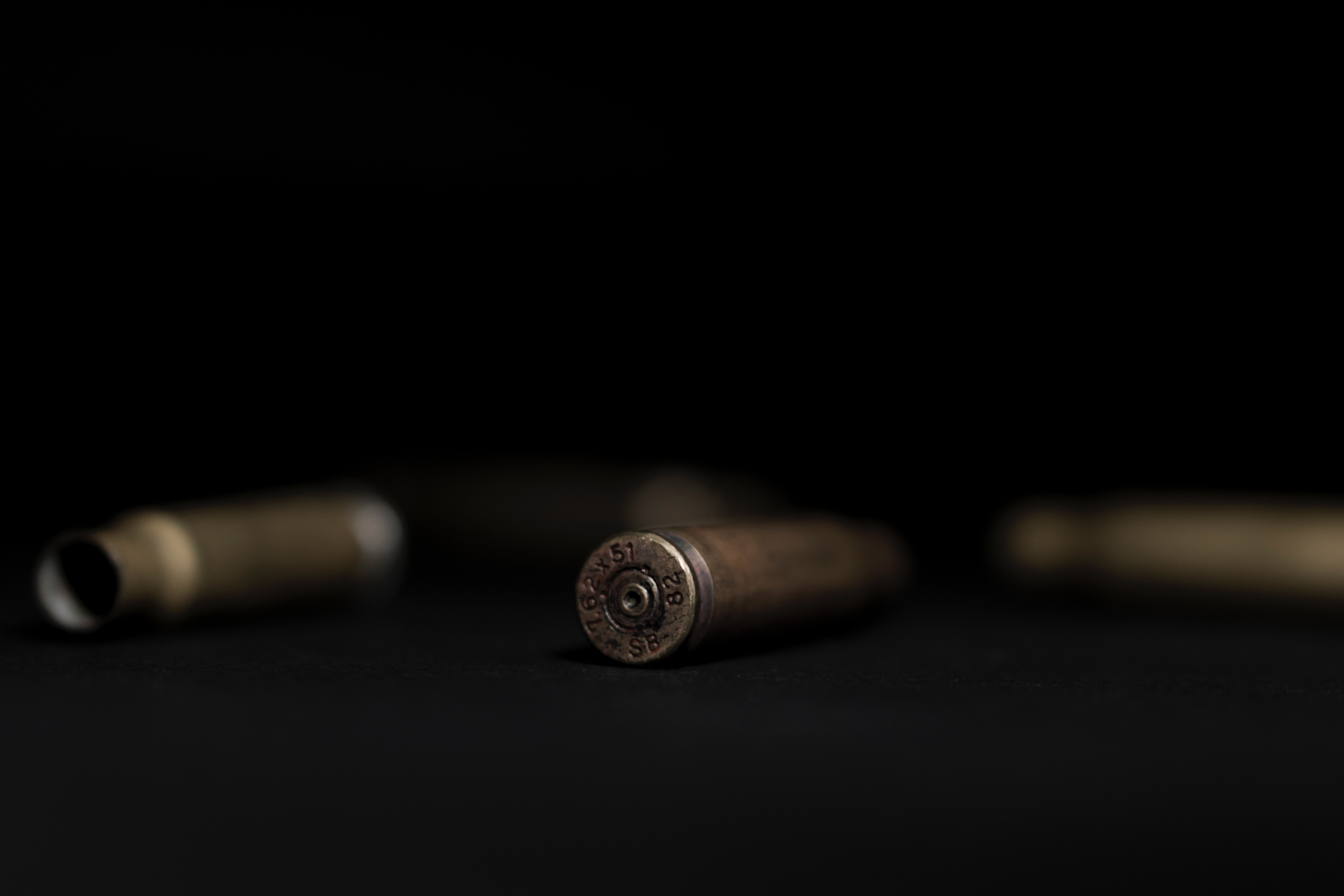As always, you can find all of the posts in this series by clicking here.
After the ball of pain and controversy that was February, I am so glad to be getting back to less unpleasant topics. Let’s take a look at Eisenstadt’s military forces and law enforcement.
Armed and Ready
Because Eisenstadt is a free city, it is solely responsible for its own defense. It’s not part of a larger nation-state that can draw upon large reserves of population to send. That said, the city is naturally-fortified and there is precedent for powerful non-military organizations lending a hand in times of crisis.
However, it would be foolish for a tempting target such as Eisenstadt to rely on such an informal scheme for the whole of its defense, and so they have a standing military.
The military is organized into a no-frills three-branch structure with land forces (army) sea ones (navy) and aerial ones (air force). In places where both specializations are required (for example, paratroopers or amphibious landing troops) there is an inter-branch agreement rather than each branch maintaining forces that overlap with another’s specialty.
The cosmopolitan nature of the city makes for some interesting challenges, however. What do you do when your latest batch of new recruits contains humans, dwarves, gnomes, elves, a bugbear, two centaurs, three different types of dragonborn, some merfolk, a couple of fugitive kuo-toa, nine different types of birdfolk, a squad’s worth of tieflings, and an a awakened mud golem?
In Eisenstadt, the answer is “put them where they’ll play to their strengths.” The initial recruitment process makes it very clear to those signing up that they will be placed as their unique criteria will best contribute strength, not liabilities. So the birdfolk will wind up in the air force and navy. The mud golem won’t be going anywhere it can fall in the water. The bugbear will probably get a job as a security officer where their imposing physical presence will be most useful. This leads to a lot of “stereotypical” placement, but it also means that whether you’re fighting Eisenstadt on land, in the air, or out over the water, their troops will likely be more at home in that environment than whoever they’re fighting is. This gives them a sort of “permanent home court advantage.” In addition, officers are given detailed briefings on the unique capabilities of any soldiers under their command, and are expected to account for them in combat.
In addition, because of the comparatively large force size to territory ratio, soldiers are a ubiquitous sight in Eisenstadt, and can be called on to assist with law enforcement concerns, a thing that the criminals of the city are acutely aware of. Military aircraft fly overhead in regular patrols and naval vessels can be found easily in an area roughly 100 miles out from Eisenstadt’s harbor.
Standard Issue
The military of Eisenstadt has standardized on a few common weapons. The mainstay of almost all troops is the Hadzeir-Ironbeard I-27 rifle, a functional design with a reliable bolt-action and a heavy .35 caliber cartridge. The principal advantage the weapon has over competing designs is that it’s manufactured in Eisenstadt from materials mined out of the surrounding area and the propellant is a waterproof alchemical variety, allowing it to be used without being concerned about keeping it dry. Underwater forces can use a special propellant-only cartridge with an attachment similar to rifle grenades to convert it into a spear gun, which makes it much more effective underwater at the cost of having to carry a bunch of spear rounds and manually reload one after every shot.
In game mechanical terms, it’s a rifle that does 2d8 piercing damage, holds 5 shots, and has a range of 80/240. Using the spear gun adapeter shortens the range to 60/180, requires a reload after every shot, and makes the damage 2d10, while enabling it to be used underwater at a range of 60/100.
Other standard-issue gear includes pump-action shotguns, revolvers, and a heavy sniper rifle. Melee capability is provided by bayonets and entrenching shovels which are often sharpened (in trained hands, treat as a battle axe). Specialized units tend to carry more melee weapons; longswords and rapiers are common among scouting units, as are bows and crossbows because they lack the noisy report of a firearm.
Eisenstadt has a pair of single-engine fighter planes, the Peregrine and the Osprey. The Peregrine is land-based and has a slightly heavier armament, a larger engine, and can function as a fighter-bomber. The Osprey is lighter and is designed for carrier deployment, and also has a magically-sealed fuselage that’s enchanted to be bouyant. In a pinch, they can land and take off from open water. Both are armed with dual liquid-cooled machine guns in the wings for strafing and dogfighting. The air force also has an assortment of cargo planes (the Goose and the Pelican are the two most common varieties – the Goose being armed and modified for use with paratroopers) and a heavy bomber, the Meteor.
Land forces have two variants of a standard tank design, the Lion and the Manticore. The Lion is a very standard tank design with thick armor and a heavy gun. The Manticore replaces the gun with an evocation spell lens. Destructive magic cast through the lens by spellcasting crew members is cast as if it was using a slot four levels higher for the purposes of calculating damage. Range is also 10x greater. (This can exceed the usual limit of 9th level). Unfortunately, the spell lens uses a great deal of magical energy, and spellcasters must “charge” the lens with a number of spell slot levels equal to the spell being cast prior to casting through it. (So for instance, if a crewman wishes to cast a 7th-level spell, they can sacrifice spell slots of any combination adding up to 7. A first-level spell slot, second-level spell slot, and a fourth-level spell slot, for example. The spell slots need not all be provided by the same crew member, however.) In addition, only direct-damage spells that produce a projectile, line, or cone may be used. (So fireball and lightning bolt will work, but not meteor swarm.) Cantrips may be cast freely through the lens, and function as if they were cast by a character 4 levels higher. For this reason, the tank is usually crewed by a warlock who knows Eldritch Blast and can recover spell slots more easily a Wizard or Sorcerer with a more diverse selection of more potent spells in addition to a driver and spotter.
The navy has a dizzying variety of watercraft, including several battleships and destroyers, three aircraft carriers, an undisclosed number of submarines, and a large number of PT boats. Maritime security is taken very seriously by Eisenstadt, and ships are routinely boarded for inspection before being allowed access to the port.
Slowing Down A Little
That’s it for the military of Eisenstadt, and this will probably going to be the last setting design post for a while. We’ve discovered that more topical/thoughtful posts about gaming and faith have been getting more interest and discussion around them than my homebrew setting material has been, so I’ll be trying to bring the blog back around to its earlier days a bit. I’ll still continue to write these setting design posts (if for no other reason than I find them fun) but I’ll be branching out to a wider range of topics in between them.
So with that in mind, I’ll see you again in two weeks, hopefully with something interesting!
Photo by amirali mirhashemian on Unsplash



